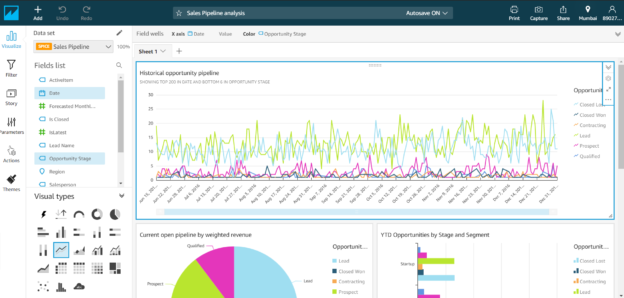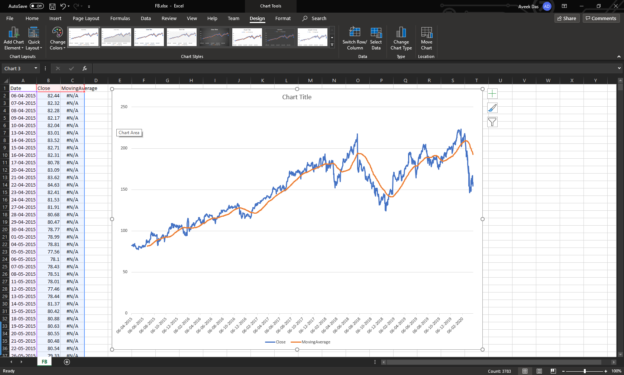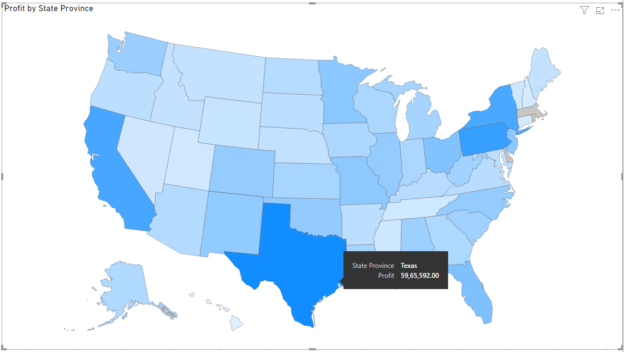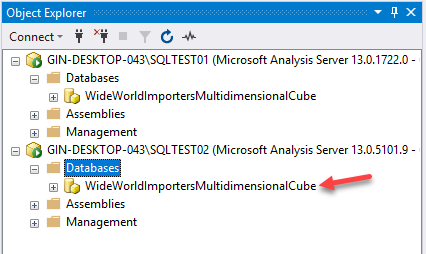In this article, I am going to describe what are serverless applications and how are these developed. I will also introduce the concepts of serverless computing and how to deploy one using Azure Functions. This article is targeted towards most of the data professionals who want to gain some basic knowledge of serverless applications and the underlying architecture and cloud computing. In recent times, cloud computing has become one of the most important domains for many big organizations and it has thus become essential for all to have some basic information on the same.
Read more »























